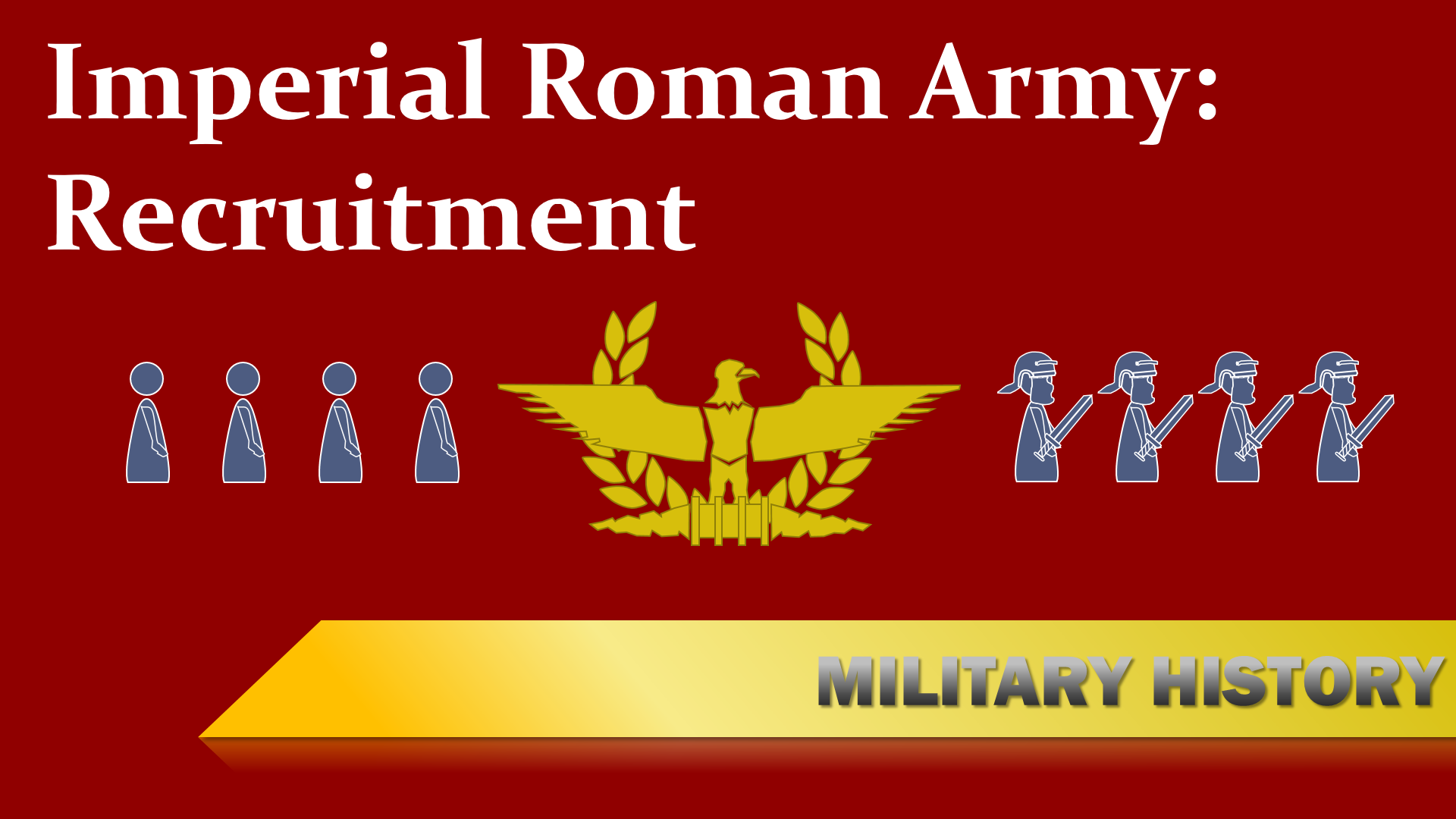Please note: This post contains amazon affiliate links. As an Amazon Associate I earn from qualifying purchases.
Intro
The Imperial Roman Army has been and is still admired by many people as an excellent fighting force. There are many reasons why the Roman Army was so effective, one was its recruitment process (probatio) which consisted in determining if a potential recruit fulfilled the necessary criteria to serve in the Imperial Roman Army.
Requirements
There were physical, mental and legal requirements for joining the Imperial Roman Army. Note that the requirements were the highest for elite units like the Praetorians and Legionaries.
Physical Requirements
Height
Let’s start with the physical requirements a soldier needed to be of a certain height. The values for a Legion soldier were at least 1.72m or 5ft 8 inches in height. For soldiers of the first cohort or cavalry even up to 1.78m or 5ft 10 inches. If you think these values are too high, you are probably right, modern scholars assume that these values are probably idealized.
Strength, Stamina, Agility and Eyesight
Other important physical attributes were of course strength, good posture, stamina, agility and eyesight. There is one known example of a soldier being dismissed due to weak eyesight.
Age
Finally, the maximum age for joining was around 35 years, whereas the minimum age was about 13 years. But these are extreme examples, most recruits joined between the ages of 18 and 23 years. Note that the service period lasted for 16 to 30 years depending on the branch of the Army.
Mental Requirements
Next are the mental requirements, these were probably of lesser importance, but legally it was allowed to discharge a soldier based on physical or mental defects.
Education was probably not a major requirement for the common soldiers, but since commands were given in Latin a recruit had to have a sufficient understanding of it.
Furthermore, since the Army needed specialist a good education probably could tip the balance. For instance specialist posts like the signifier, who were in charge of the accounts and funds, required well educated people with good legal records, which brings us to the next point the legal requirements.
Legal Requirements
Slaves, former slaves – the so called “freedmen” were not allowed to join the Army, only in dire situation were they conscripted. Only freeborn men were allowed in the Roman Army and to join the Legionary Units the recruit also needed the Roman Citizenship.
There were other legal requirements too, we can assume that most crimes would prevent joining the Roman Army. Trajan ruled that convicts of capital offenses, adultery or any other major crimes were not allowed to serve.
Note that modern scholars have different views on how thorough or superficial these legal examination were performed.
Finally, there are some examples that a recruits used letters of recommendations in order to provide references for their “good character”, this is also a debated topic, since only a few of those letters are known.
Probatus (approved)
But even after passing these requirements the recruit wasn’t a full soldier yet, he was now considered “probatus”, which meant he was approved for training in which he needed to pass several proficiency tests. Note that in this period the punishment for failing in discipline or even criminal acts like selling military equipment was less severe and even pardoned.
Signatus (“enlisted”)
After the recruit trained for at least 4 months and passing all proficiency tests, he was “signatus”, thus he became fully enlisted. The name of the recruit with his age and any distinguishing marks would be added to the unit’s record. Now he was considered a full soldier and the recruitment process was over.
Conclusion
Although not all information is undisputed it is clear that the Roman recruiting process was systematic and well organized in order to ensure a constant flow of high-quality recruits to keep the ranks filled. Nevertheless, these new troops also needed further training, which will be topic of another video.
Thank you for watching and see next time!
Related Articles
Imperial Roman Army – Organization & Structure
Imperial Roman Army – Training
Sources
Books
- Davies, Roy W.: Service in the Roman Army (amazon.com affiliate link)
- Phang, Sara Elise: Military Documents, Languages, and Literacy; in Erdkamp: A Companion to the Roman Army (amazon.com affiliate link)
- Wesch-Klein, Gabriele: Recruits and Veterans; in Erdkamp: A Companion to the Roman Army (amazon.com affiliate link)
- Le Bohec, Yann: The Imperial Roman Army (amazon.com affiliate link)
- Webster, Graham: The Roman Imperial Army of the First and Second Centuries A.D (amazon.com affiliate link)
- Nemeth, Eduard; Fodorean, Florin: Römische Militärgeschichte (amazon.de affiliate link)
- Culham, Phyllis: Imperial Rome at War. In: The Oxford Handbook of Warfare in the Classical World (amazon.com affiliate link)
| amazon.com | amazon.co.uk | amazon.ca | amazon.de |
Disclaimer amazon.com
Bernhard Kast is a participant in the Amazon Services LLC Associates Program, an affiliate advertising program designed to provide a means for sites to earn advertising fees by advertising and linking to amazon.com.
Disclaimer amazon.co.uk
Bernhard Kast is a participant in the Amazon EU Associates Programme, an affiliate advertising programme designed to provide a means for sites to earn advertising fees by advertising and linking to Amazon.co.uk.
Disclaimer amazon.ca
Bernhard Kast is a participant in the Amazon.com.ca, Inc. Associates Program, an affiliate advertising program designed to provide a means for sites to earn advertising fees by advertising and linking to Amazon.ca.
Disclaimer amazon.de
Bernhard Kast ist Teilnehmer des Partnerprogramms von Amazon Europe S.à.r.l. und Partner des Werbeprogramms, das zur Bereitstellung eines Mediums für Websites konzipiert wurde, mittels dessen durch die Platzierung von Werbeanzeigen und Links zu amazon.de Werbekostenerstattung verdient werden können.
Online Resources
Ancient Roman units of measurement
Please note: This post contains amazon affiliate links. As an Amazon Associate I earn from qualifying purchases.

2 thoughts on “Imperial Roman Army – Recruitment”
Comments are closed.